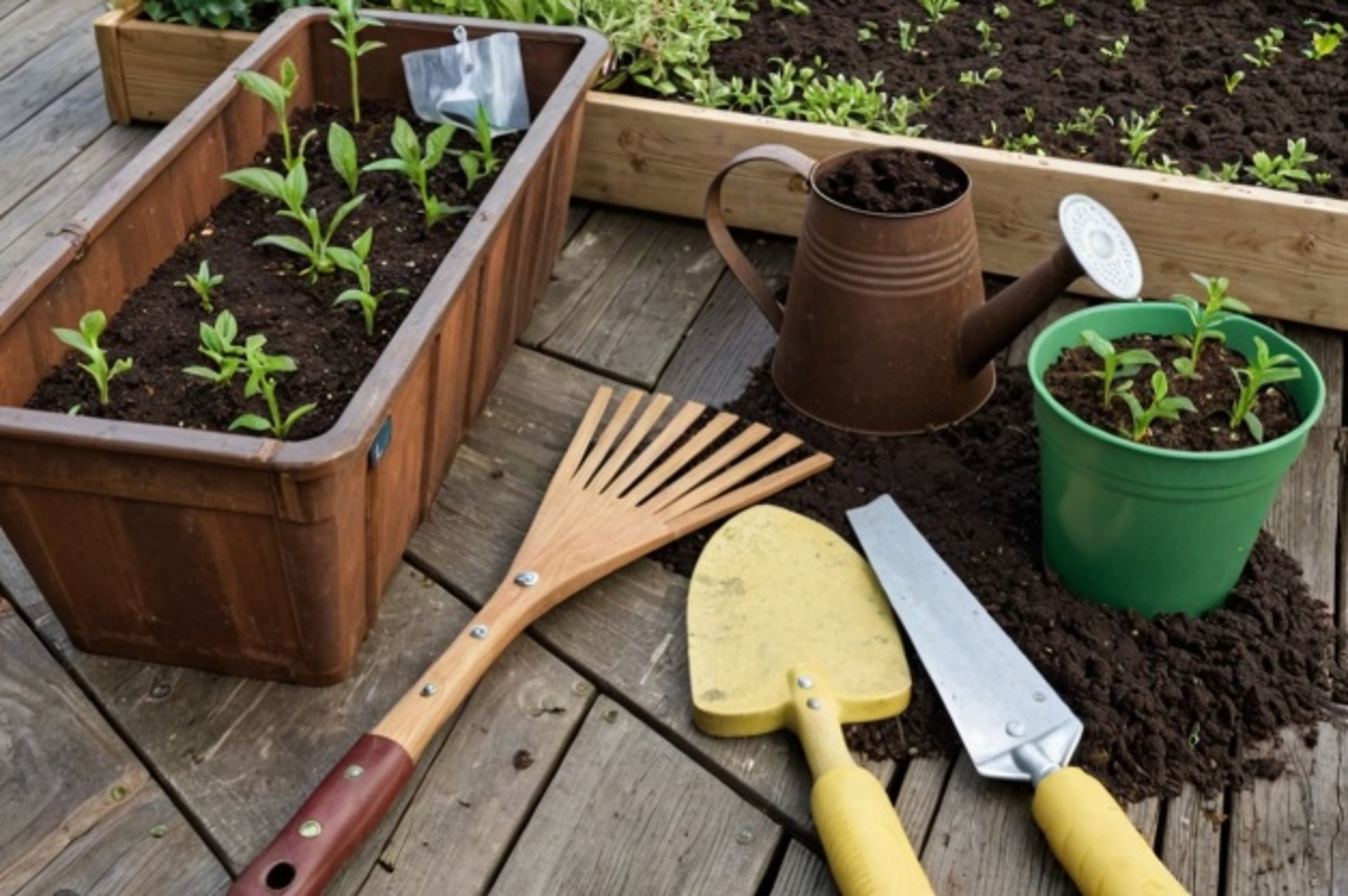
Essential Gardening Tools & Tips
DescrizioA well-kept garden starts with the right tools. Whether you're planting your first seeds or maintaining a thriving backyard oasis, having the proper equipment—and knowing how to care for it—makes all the difference. Here’s a list of essential gardening tools, how to use them, and how to keep them in great condition.ne del post del blog.
BLOG
7/23/20253 min read
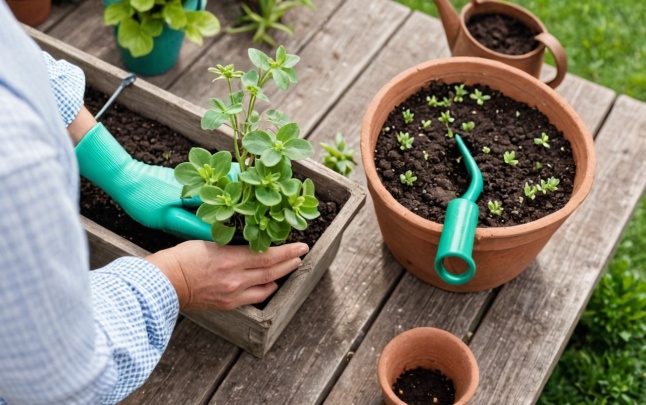

1. Hand Trowel
Use:
Perfect for digging small holes, transplanting seedlings, and removing weeds. It’s a must-have for any type of planting.
Care Tips:
Clean the blade after each use to prevent rust. Store it in a dry place, and occasionally oil the metal parts to keep them sharp and rust-free.
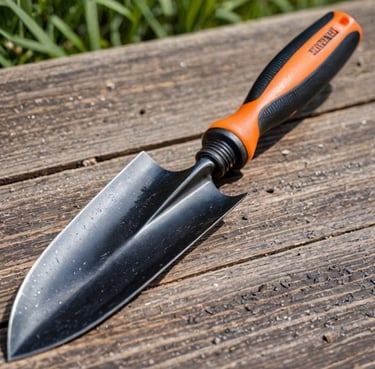

2. Pruning Shears (Secateurs)
Use:
Used to trim and shape plants, cut back overgrowth, and remove dead or damaged stems. Ideal for flowers, shrubs, and small branches.
Care Tips:
Wipe blades clean after every use. Sharpen them regularly for smooth cuts and apply light oil to prevent rusting. Store locked and safely out of reach of children.
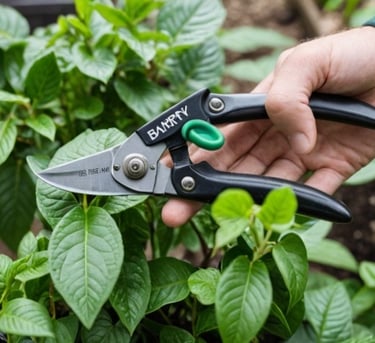

3. Garden Gloves
Use:
Protect your hands from thorns, dirt, blisters, and sharp tools. They also help with grip and prevent skin irritation.
Care Tips:
Wash gloves after each gardening session, especially if exposed to pesticides or sap. Let them air dry fully before storing.
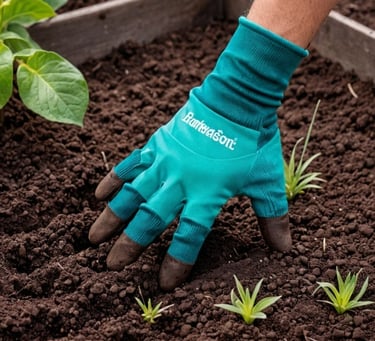

4. Watering Can or Hose with Nozzle
Use:
Essential for watering plants evenly. A watering can gives control for small spaces, while a hose with an adjustable nozzle suits larger areas.
Care Tips:
Drain water after use to prevent mold or freezing (in cold weather). Check hoses for leaks and clean the nozzle occasionally to avoid blockages.
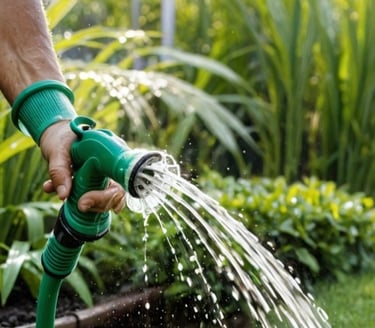

5. Garden Fork
Use:
Great for loosening, turning, and aerating soil—especially in compacted areas or raised beds. Also useful for mixing in compost.
Care Tips:
Rinse off soil after each use. Dry thoroughly to prevent rust, and hang it up or store it off the ground.
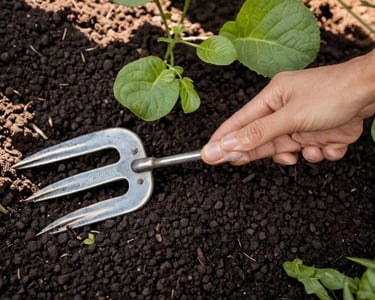

6. Spade (Shovel)
Use:
Used for digging larger holes, edging beds, lifting sod, and moving soil. A square-edged spade is ideal for slicing through roots or turf.
Care Tips:
Clean mud off the blade. Sharpen the edge occasionally if used often. Oil wooden handles to prevent splitting or rotting.
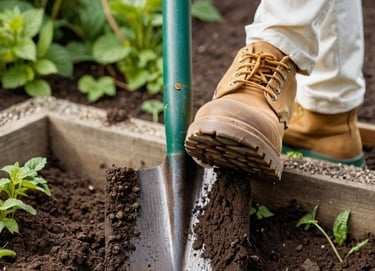

7. Garden Hoe
Use:
Great for weeding and cultivating soil, especially in vegetable gardens. It helps break up crusted soil and remove shallow weeds.
Care Tips:
Remove dirt from the blade. Sharpen regularly and store in a dry place to avoid corrosion.
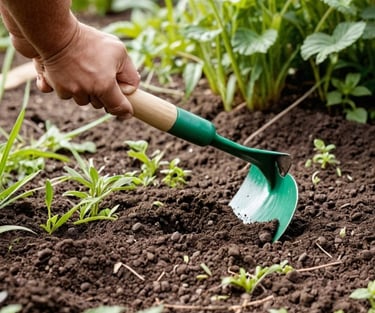

8. Wheelbarrow
Use:
Perfect for transporting soil, mulch, compost, plants, or tools around your garden. A back-saver for bigger projects!
Care Tips:
Keep the wheel inflated and handles dry. Rinse the tub after hauling wet or sticky materials. Store under cover to avoid rust.
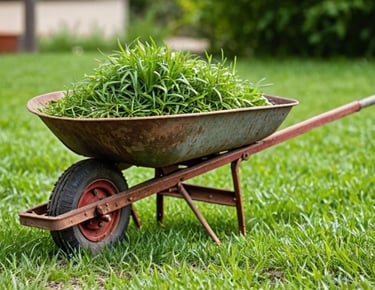

9. Rake
Use:
Used to gather leaves, level soil, and remove debris from garden beds. There are two main types: leaf rakes (lightweight) and garden rakes (heavier, for soil).
Care Tips:
Remove plant matter after use. Store tines-side down or hang on a wall to keep them from bending.
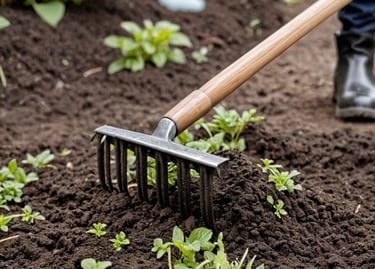

10. Garden Kneeler or Pad
Use:
Reduces strain on your knees during planting, weeding, or pruning. Especially helpful for older gardeners or long tasks.
Care Tips:
Wipe clean and store in a dry spot. Choose one with a waterproof surface or washable cover.
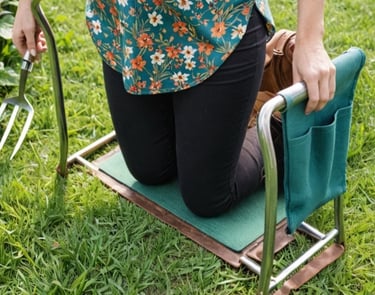

Final Tip: Care for Your Tools = Care for Your Garden
Well-maintained tools last longer, perform better, and make gardening safer and more enjoyable. After each use, take a few minutes to clean, dry, and store your tools properly—it’s a small habit that pays off in a big way.
